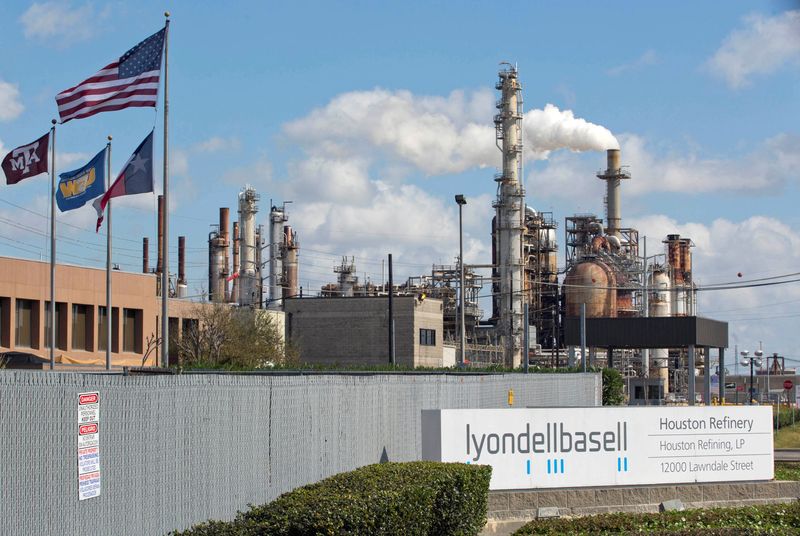
(Reuters) – Morgan Stanley on Monday cut its Brent crude oil forecasts for coming quarters and said the global oil market is facing a period of demand weakness similar to those seen during recessions.
Brent crude futures settled at their lowest levels since December 2021 on Friday at $71.06. Brent was trading around $71.74 a barrel as of 1026 GMT. [O/R]
Rising fuel inventories, lower refining margins and the spreads between the price now and the price in the future all echo previous recessionary periods or other moments of weak demand, Morgan Stanley said.
Those include the periods of falling demand in 2007-2008 due to the financial crisis and in 2020 due to the onset of COVID, the investment bank said. There are also parallels with non-recessionary periods of lackluster demand and higher supply in 2013 and in 1992-1993, the bank said.
The bank explored the possibility of oil prices acting as recessionary indicator but concluded that it was too early and acknowledged that the market was pricing in a substantial deterioration in the balance of supply and demand.
Seasonal demand strength usually subsides after summer, and supply from both OPEC and non-OPEC sources is likely to re-accelerate in the fourth quarter and 2025, leading to a shift in the supply and demand balance, the bank said.
However, the Organization of the Petroleum Exporting Countries and allies led by Russia, a group known as OPEC+, is focused on balancing the market, as evidenced by its decision to delay output increases that were due to start in October, the bank added.
Morgan Stanley expects oil markets to remain tight in the third quarter, move closer to balanced in the fourth quarter, and show a surplus of around 1 million barrels per day in 2025.
The bank cut its Brent price forecast for fourth quarter 2024 by $5 per barrel to $75, a level it now sees for all quarters next year. It had previously been forecasting Brent to average $78 in the first quarter of 2025 and to decline steadily throughout the year to $75 in the fourth.
It sees WTI prices at $70 a barrel until the fourth quarter of 2025.

“Although rising OPEC output is a key factor behind the surplus we model for 2025, we would be hesitant to argue that this justifies the recent price decline,” it said, adding that the market appears modestly oversold in the short term.
Unless demand weakens more, Brent will likely remain anchored around the mid-$70s, it added.
This post is originally published on INVESTING.





